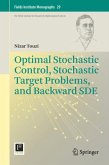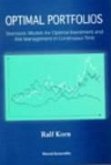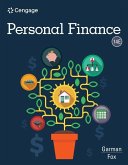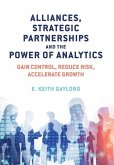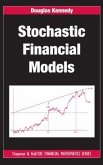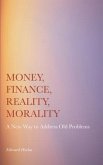This book focuses on the interaction between equilibrium real exchange rates, optimal external debt, endogenous optimal growth and current account balances, in a world of uncertainty. The theoretical parts result from interdisciplinary research between economics and applied mathematics. From the economic theory and the mathematics of stochastic optimal control the author derives benchmarks for the optimal debt and equilibrium real exchange rate in an environment where both the
return on capital and the real rate of interest are stochastic variables. The theoretically derived equilibrium real exchange rate - the "natural real exchange rate" NATREX - is where the real exchange rate is heading. These benchmarks are applied to answer the following questions.
What is a theoretically based empirical measure of a "misaligned" exchange rate that increases the probability of a significant depreciation or a currency crisis?
What is a theoretically based empirical measure of an "excess" debt that increases the probability of or a debt crisis?
What is the interaction between an excess debt and a misaligned exchange rate?
The theory is applied to evaluate the Euro exchange rate, the exchange rates of the transition economies, the sustainability of U.S. current account deficits, and derives warning signals of the Asian crises and debt crises in emerging markets.
return on capital and the real rate of interest are stochastic variables. The theoretically derived equilibrium real exchange rate - the "natural real exchange rate" NATREX - is where the real exchange rate is heading. These benchmarks are applied to answer the following questions.
What is a theoretically based empirical measure of a "misaligned" exchange rate that increases the probability of a significant depreciation or a currency crisis?
What is a theoretically based empirical measure of an "excess" debt that increases the probability of or a debt crisis?
What is the interaction between an excess debt and a misaligned exchange rate?
The theory is applied to evaluate the Euro exchange rate, the exchange rates of the transition economies, the sustainability of U.S. current account deficits, and derives warning signals of the Asian crises and debt crises in emerging markets.


